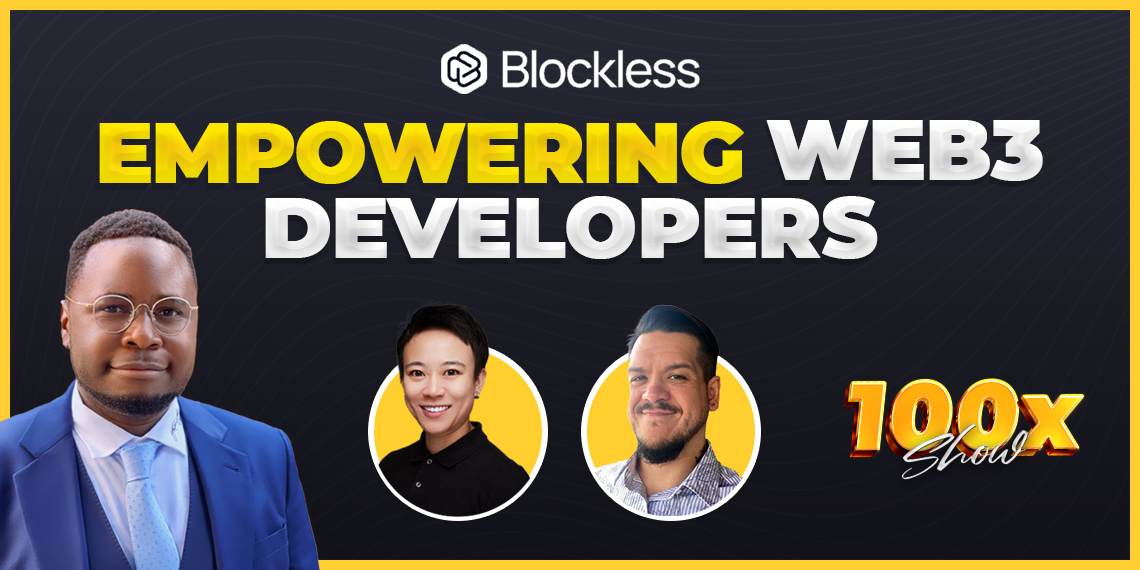We at Token Metrics sincerely understand that our most valuable asset is you – our audience.
Based on our proprietary ratings, we have compiled a list of what we believe will be the best low-cap DeFi crypto projects in 2021.
Caution: Our forecast is based on current ratings and makes no formal recommendations on what you should invest in, as market conditions are volatile.
What does Low-Cap DeFI mean?
Formally known as low-capitalization decentralized finance, these crypto projects are cryptocurrencies that are in the early stages of development and, as a result, have a low market capitalization. Market capitalization refers to the total value of the circulating supply of a coin, and when compared to the market caps of significant coins, low-cap coins appear minuscule.
These types of coins are very relevant in decentralized finance, though, because DeFi is a fast-growing sector of the cryptocurrency industry.
DeFi merges the services of traditional banks with decentralized technologies such as blockchain. The projects that we will be discussing today continue to play an important role in the evolution of the financial sector.
People are attracted to these coins, even though they are in early development with low market caps because low-cap coins can result in the highest profits. Low-cap crypto projects are the hidden gems of crypto and have allowed many investors to achieve sky-high returns.
Top 5 Low-Cap DeFi Crypto Projects of 2021
Bancor

One of top low-cap DeFi projects of 2021, Bancor is a blockchain protocol that allows users to convert different virtual currency tokens directly and instantly instead of exchanging them on cryptocurrency exchanges like Coinbase. There is often a misconception that Bancor is an exchange platform and not a cryptocurrency, but that is incorrect. Bancor is a platform that allows asynchronous price discovery and continuous liquidity. Users could also integrate Bancor liquidity and trading into my smart contract, and earn affiliate fees by integrating Bancor into my smart contract or dApp.
After an ICO in June 2017, Bancor launched its web interface for decentralized exchange in October 2017. In September 2018, Bancor expanded beyond Ethereum to offer exchange with EOS and POA Network.
Curve

Curve is an exchange liquidity pool on Ethereum designed for extremely efficient stablecoin trading, low risk, and supplemental fee income for liquidity providers.
By definition, Curve is a liquidity aggregator which simply means that it promotes the creation of liquidity by offering incentives. This feature of the project is quite interesting because liquidity is an essential part of the financial system, which is what cryptocurrency brands away from.
Another interesting feature of Curve is that it uses algorithms to boost the overall liquid capacity of markets. This feature is different from other decentralized cryptocurrency projects, and thus makes Curve an automated market maker (AMM) protocol.
One benefit of Curve is that it is able to mitigate slippage, which is a distinct characteristic that sets it apart from other similar projects such as Dai and USDC.
While providing liquidity, Curve liquidity providers can not only obtain transaction fees, but also obtain additional benefits from other DeFi protocols. Also, the Curve smart contract has passed the audit of Trail of Bits.
Matic Network (MATIC)

With a market cap of $76M, MATIC continues to make a name for itself on the Token Metrics best crypto projects list. Matic Network has made a name for itself with promises of delivering a straightforward interaction between users and DeFi applications and ecosystems. Matic’s central focus is on reducing the complexity of these actions and describes itself as a Layer 2 scaling solution.
By being a self-described Layer 2 scaling solution, Matic does not seek to upgrade the existing blockchain layer, which would add further complexity.
To deliver on these promises, Matic Network implements a customized iteration of the Plasma framework that allows for smoother execution of scalable smart contracts. Matic also leverages a decentralized network of Proof-Of-Stake validators and side chains for off-chain computation.
We believe that MATIC is a worthy low-cap DeFi project and will be able to hedge against the market changes that are anticipated in the next quarter, because of the ease of the platform.
Melon (MLN)

With a market cap of just $35M, Melon comes in third in our best low-cap DeFi crypto projects for 2021! Built on Ethereum because it creates a direct link between the usage of the protocol and the value of the token, MLN aims to lower the barriers to entry for asset management through opening access to more global consumers.
When using the MLN token to make investment decisions, the token essentially serves as “asset management gas,” which is collected in 3 different ways: setting-up a fund, investing in a fund, and claiming any fees/rewards that are associated with the investment. It is worthy to note that the protocol does not charge any fees on trading and redemptions. This is in accordance with the token’s mission of keeping barriers to entry low.
As stated on the MLN website, “The asset management gas paid on a specific function is calculated by using the number of Ethereum gas units consumed in that function multiplied by the asset management gas price. The fees are collected in ETH and transferred to the Melon Engine Smart-Contract which then purchases MLN tokens at a premium and burns them. Crucially, this buy and burn model directly links the usage of the network to the value of the token.”
It’s quite interesting how MLN brands itself as a public good, and because of that, it is quite possible that it might play a greater role in impact investing. Due to this, traders may want to add MLN to their investment portfolio if they believe that investors will continue to use the platform and the cryptocurrency will come to play a greater role in the financial concept of asset management.
DIA

With a market cap of $13M, DIA is a DeFi application that leverages crypto-economic incentives and “the wisdom of the community to source, validate, and deliver financial data.” The architecture of the application is built on the following three systems: Sourcing, Supply, and Access.
The features of DIA that make it attractive to investors are its transparency, validation, and scalability. Transparency refers to the fact that DIA’s data feeds are open-source and accessible. Validation refers to the fact that DIA is verified by a whole community of stakeholders. And, finally scalability refers to the fact that decentralized data sourcing enables easy scalability. These characteristics make DIA an attractive investment for investors that are looking to take advantage of the low market cap of the technology.
Honorable Mention
bZx

bZx protocol is a financial primitive for shorting, leverage, borrowing, and lending that empowers decentralized blockchain applications. The protocol is a set of smart contracts that is enhanced on the basis of Ethereum. There are 2 main user interfaces through which investors can access bZx: Fulcrum and Torque. Fulcrum allows investors to trade escrow or lend crypto assets using the bZx smart contract, whereas the Torque platform allows users to borrow money for any purpose that they like.
There are three main benefits of bZx: minimized risk, passive income, and lower fees. These features make this crypto project rank in the top of our honorable mentions.
Stafi

Short for Staking Finance, Stafi is the first decentralized finance protocol unlocking the liquidity of staked assets. Users can use Proof of Stake (POS) tokens through Stafi and receive rTokens in return, which are available for trading while still earning staking rewards. To clarify, rTokens are a short form for reward-token. When users stake PoS tokens through Stafi, they will receive an equal amount of rToken in return.
Ankr Network

Ankr is a distributed computing platform that aims to leverage idle computing resources in data centers and edge devices. Through blockchain technologies, Ankr aims to leverage idle computing power for secured cloud and data services.
To build a distributed, shared cloud computing platform, Ankr uses Cloud-Native, container-based environments. Ankr then builds its own architectural and resource allocation algorithm on top of cloud native to include nearly all types of infrastructure resources. This entire process is known as Distributed Cloud Computing Network (DCCN).
Using Ankr’s DCCN platform, developers and operators using applications do not directly interact with infrastructure providers’ API. Instead, a local orchestrator will handle resource allocation automatically. The controller and scheduler, which are essential components of the orchestration engine, will handle resource allocation and the life cycle of applications according to Ankr’s instructions.
Kava

Kava is a decentralized finance platform where users have the potential to earn high returns on their respective cryptocurrency by lending their assets out and then using it as collateral for stablecoins – this concept overall is similar to other Ethereum-based DeFi projects. Overall, Kava has two functionalities – first, one can lock crypto collateral in a smart contract to withdraw USD and second, users can stake USDX to earn interest.
Overall, Kava serves three different purposes: 1) Governance, 2) Lender of Last Resort, and 3) Validator Staking. These features make the project attractive to investors.
Tellor (TRB)

With a market cap of $49M, Tellor is a decentralized oracle on Ethereum, where a vast network of Proof-of-Work (POW) miners compete to fetch data and place it on-chain for smart contracts. Teller is issued primarily for three main functionalities: payments, security deposits, and dispute resolution and governance.
In regards to payments, users utilize TRB to request specific data they need and when a miner submits data on-chain they are paid in TRB tokens as rewards.
In regards to security deposits, miners are required to place a deposit of TRB in the Tellor smart contract before they can compete and begin mining. If a bad piece of data is submitted, the community can dispute the value and slash a miner’s stake for being malicious.
In regards to dispute governance, miners get the ability to vote for the validity of the data.





